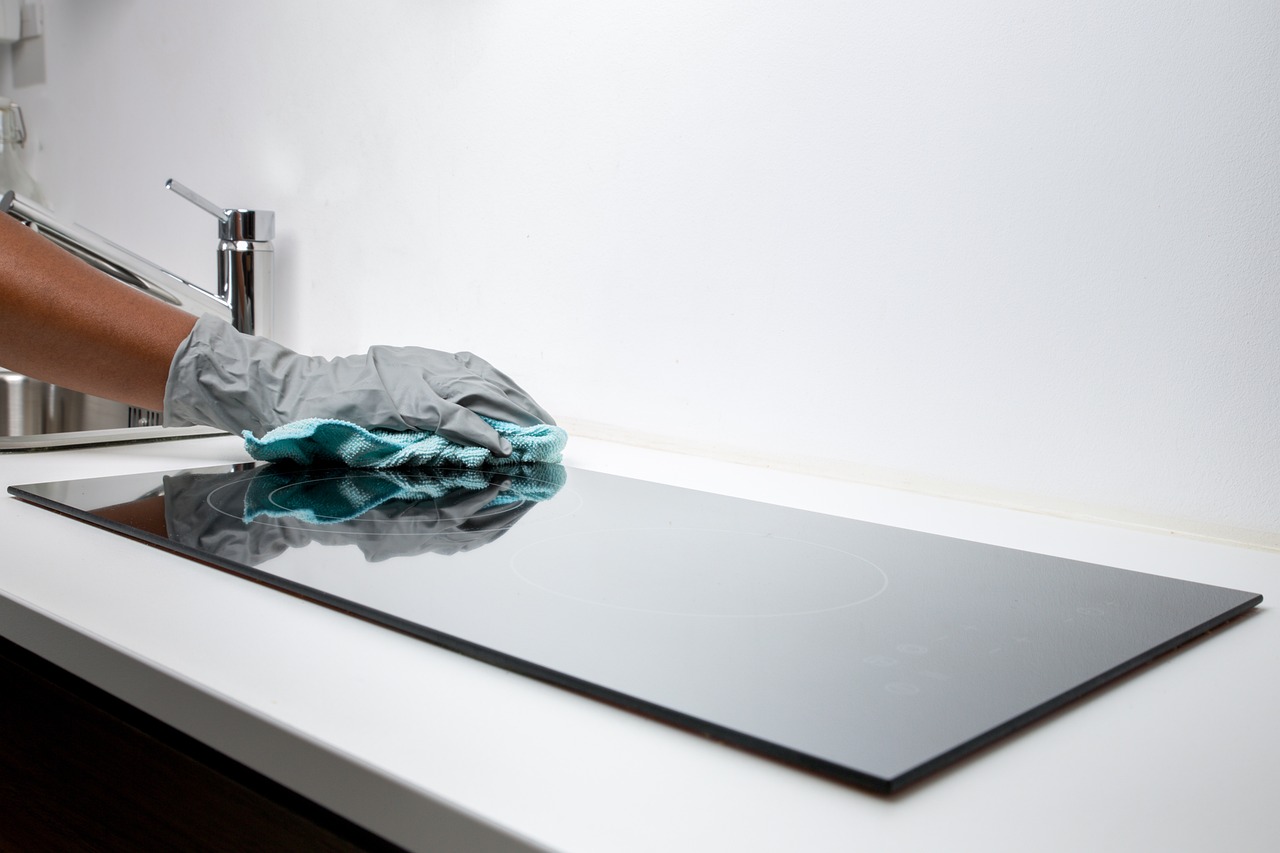Comprehensive Guide to Subcontractor Cleaning Contracts

The cleaning industry has seen a significant shift towards subcontracting, offering flexibility and specialized services to businesses and large facilities. Understanding the dynamics of subcontractor cleaning and the intricacies of subcontractor cleaning contracts is crucial for both service providers and clients. This guide aims to provide a deep dive into creating, managing, and optimizing subcontractor cleaning contracts.
Understanding Subcontractor Cleaning
Subcontractor cleaning involves a primary cleaning company hiring third-party cleaners to fulfill cleaning jobs. This arrangement allows companies to handle larger contracts or specialized cleaning tasks without directly employing more staff.
The Role of Subcontractors in Cleaning Industry
Subcontractors provide a range of services from general office cleaning to specialized disinfection services. Their flexibility helps primary contractors manage workload fluctuations and meet diverse client needs.
For foundational knowledge on subcontracting, consider exploring resources from the Small Business Administration (SBA) or industry-specific guidance on OSHA's website for health and safety standards in cleaning.
Crafting a Subcontractor Cleaning Contract
A well-structured contract is paramount to define the scope, responsibilities, and legal protections for both parties.
Key Components of a Cleaning Contract
Scope of Work: Detailed description of cleaning tasks, frequency, and areas to be serviced.
Payment Terms: Rates, invoicing schedule, and payment methods.
Duration of Contract: Start and end dates, including renewal terms.
Supply and Equipment Provision: Clarification on who provides cleaning supplies and equipment.
Compliance and Standards: Adherence to industry standards and regulatory compliance, including environmental and safety protocols.
Educational resources for contract drafting can be found through legal aid organizations or Cornell Law School's Legal Information Institute.
Importance of Clear Terms and Conditions
Clear terms prevent disputes and ensure both parties are aware of their obligations. They cover aspects like confidentiality, liability insurance, and dispute resolution mechanisms.
For specifics on legal terms and conditions, legal databases or the American Bar Association website offer valuable insights.

Create & Review Your Contracts 10x Quality and Ease
Lawyer-level AI handles all your contract needs, with real lawyers providing safeguarding support

Managing Subcontractor Relationships
Effective communication and management strategies are vital for a successful subcontractor partnership.
Best Practices for Management
Regular Communication: Establishing frequent check-ins to discuss performance and feedback.
Quality Control Measures: Implementing spot checks and customer feedback mechanisms to ensure service standards.
Training and Development: Providing opportunities for subcontractors to update their skills, especially in the use of eco-friendly products and advanced cleaning technologies.
Guidance on management best practices can be sourced from industry associations and educational platforms offering courses in business administration.
Legal and Regulatory Considerations
Understanding the legal landscape, including labor laws and insurance requirements, is essential for subcontractor cleaning contracts.
Labor Laws and Insurance
Worker Classification: Ensuring subcontractors are correctly classified according to state and federal labor laws.
Liability and Workers' Compensation Insurance: Verifying that subcontractors carry their own insurance to protect against workplace accidents or damage.
For detailed information on labor laws, the U.S. Department of Labor's website provides comprehensive guidelines. Insurance requirements can be explored through state government portals or insurance industry resources.
Conclusion
Subcontractor cleaning contracts are a linchpin in the cleaning industry, offering scalability and specialization. Crafting clear, comprehensive contracts, managing subcontractor relationships effectively, and navigating the legal landscape are critical steps toward successful subcontracting in cleaning services.
For further reading on contract law, subcontractor management, and cleaning industry standards, authoritative sources such as governmental websites, educational institutions, and professional organizations provide a wealth of information.

